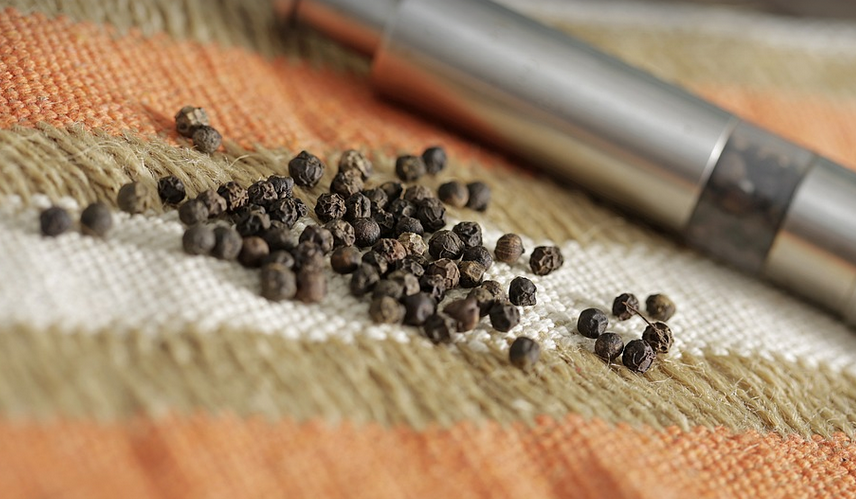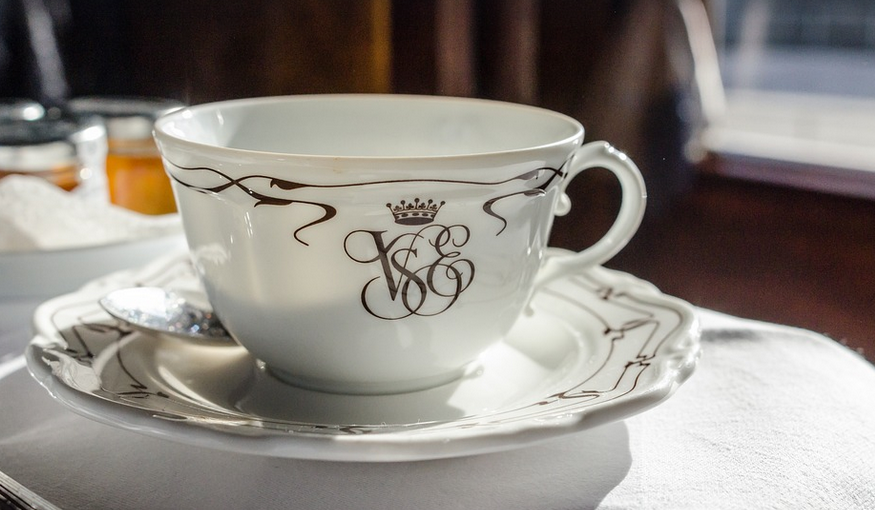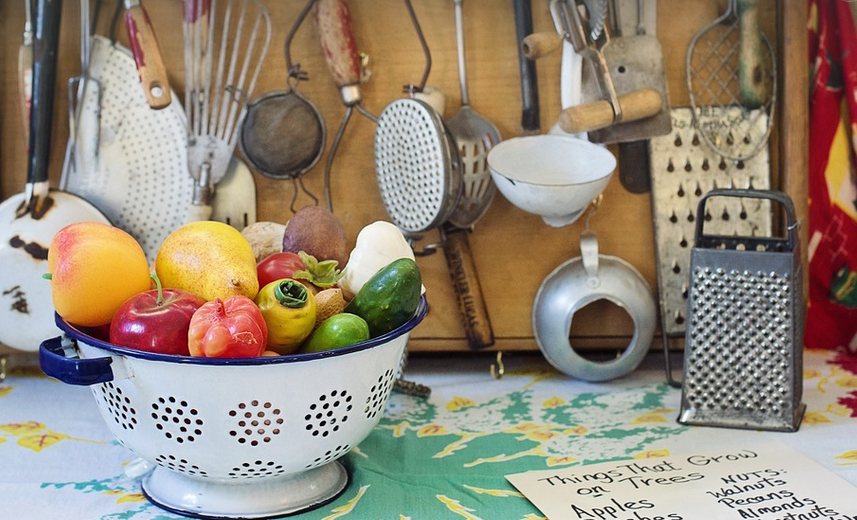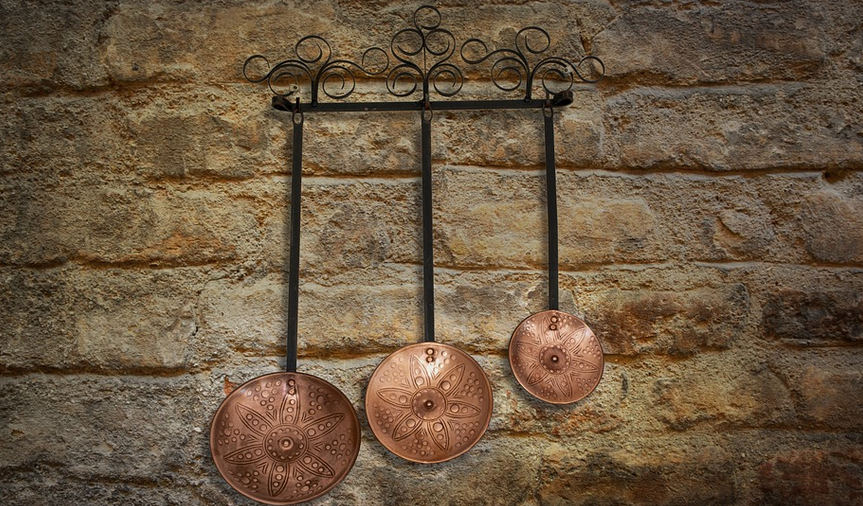How To Bake Materials To Textures In Blender

Unleashing the Art of Texture Creation
Welcome to the exciting world of material baking in Blender! You’ve sculpted a magnificent object, brought it to life with intricate details, and now you’re ready for the next step: transforming your 3D model into stunning textures that pop off the screen. Whether you dream of realistic fabrics or futuristic metals, baking materials is where magic happens.
Imagine holding a sculpted dragon in your hand – it’s incredible detail! But how about bringing its scales to life, creating them with shimmering depth and texture? This is where material baking comes into play. It’s like taking the dragon’s surface details and translating them into an actual image you can use for any application.
In Blender, we can bake these textures by converting a 3D model’s intricate information into a simple image. The process essentially involves “baking” the material’s attributes to different texture types like normals, displacement maps, and even roughness maps. These baked materials serve as the foundation for your final textures.
Let’s dive deeper into the exciting world of baking:
Step-by-Step Guide to Baking Materials
Here’s a beginner-friendly step-by-step guide to mastering material baking in Blender:
1. Setting Up Your Scene for Success
Before we start baking, let’s ensure our scene is primed and ready. Begin by creating your model with the desired level of detail. Think about the type of texture you want to bake (e.g., a smooth metal surface or a rough brick wall). This helps us choose the right material types for best results.
Next, consider adding textures to your 3D model. These can be as simple as using basic color maps or as complex as creating intricate patterns and surfaces. It’s crucial to have this texture information readily available!
2. The Importance of Material Properties
The secret sauce for successful material baking lies in understanding the properties of your materials. Think of these as the building blocks of your textures. Different materials, like metallic, rubber, or wood, have unique characteristics that affect how they are baked.
For instance, metals often possess a high sheen, while wood creates a rough, textured surface. By understanding these properties and adjusting them in your material, you can create stunningly realistic textures for your 3D models.
3. Baking Materials in Action
Now, it’s time to bake! The “Baking” process takes the intricacies of your 3D model and transforms them into a texture that can be used in other programs or for further adjustments.
To start:
- Select the material you want to bake.
The baking options will appear and allow you to choose the desired texture type. For instance, ‘Normal Maps’ create depth variations that enhance details like bumps and depressions; ‘Displacement Maps’ add thickness and volume to 3D models; while ‘Roughness Maps’ control surface smoothness.
After selecting your material type, you can adjust the baking options for your desired effect. You can select a specific part of your model or entire object for baking. Don’t be afraid to play around with different options and see what unique results you can achieve!
4. The Magic of Texture
Now that the materials are baked, it’s time to dive into the texture magic! You’ll find a new tab in your Material Editor: ‘Texture Maps’. This is where you’ll see the textures you created during the baking process.
“You can now use these textures to create stunning visuals for your 3D models. Whether you want to add realism to a character or design a futuristic environment, the possibilities are endless!
Beyond the Basics: Mastering Advanced Baking Techniques
Ready to take your material baking skills to the next level? Here’s where advanced techniques come in! You can create incredibly realistic textures by learning and applying these techniques:
1. Texture Mapping for Realism
Texture mapping goes beyond simple surfaces. It involves creating intricate patterns and details on your 3D models with texture maps. This technique allows you to add a level of realism that’s unmatched, giving your models the depth they deserve.
2. Advanced Baking Techniques for Mastery
Mastering advanced baking techniques opens up a world of possibilities for intricate textures:
- **Normal Maps:** These maps add depth and realism to your model’s surface, creating the illusion of bumps and creases.
- **Displacement Maps:** Use these maps to create volume and thickness on your 3D models, allowing you to achieve a more realistic feel.
These techniques can be applied individually or combined for even more complex textures, giving you unprecedented control over the look of your final renderings.
The End Result: Your Own Material Masterpiece
You’ve now mastered the art of baking materials in Blender. Your 3D models will be adorned with unique and beautiful textures, ready for anything you throw at them! Now go forth and create!
As a bonus tip: Remember that material baking is not just about creating realistic textures; it’s also about finding creative solutions to your visual challenges. By experimenting with different techniques, you can unlock the true potential of 3D modeling and create stunning artwork for any purpose.
Happy Baking!


